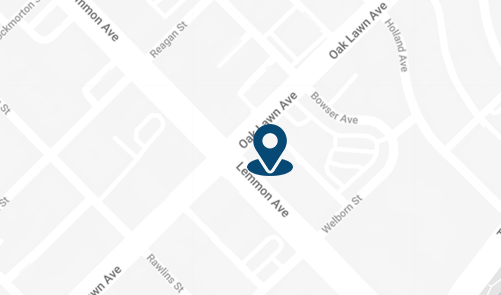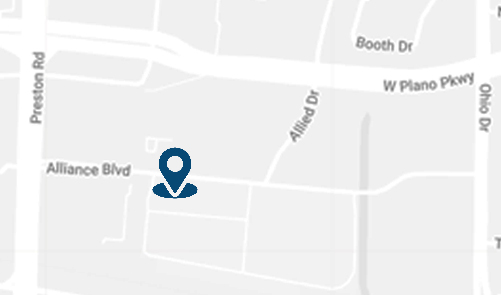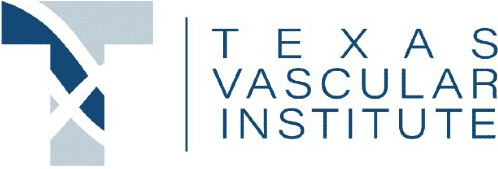By: Dr. Dev Batra | 01.30.23
Deep vein thrombosis (DVT) is a potentially life-threatening condition that affects over 900,000 people, with as many as 30% of them dying within the first month after diagnosis. Many people don’t even know they have the condition before a crisis hits.
Dr. Dev Batra, an interventional radiologist at Texas Vascular Institute, located in Dallas, Texas, has more than a decade of experience screening, diagnosing, and treating vein problems, including DVT. He cares for his patients using the latest technologies to improve their health and their quality of life.

What is deep vein thrombosis (DVT)?
Deep vein thrombosis occurs when a blood clot, a solid clump of blood, forms in one of your deep veins. While they can occur in any part of your body, they’re most common in your thigh or lower leg and are often associated with chronic venous insufficiency or restricted blood flow. They can become life-threatening when present in the legs because the clot can break off and travel to the lungs, where it can cause a pulmonary embolism, or to the brain, where it can cause a stroke.
According to the Centers for Disease Control and Prevention (CDC), symptoms occur only in about half of the people who have this condition.
Symptoms in the lower extremities include:
- Swelling in the foot, ankle, or leg
- Cramping in the calf of the affected leg
- Severe, unexplained pain in your foot and ankle
- An area of skin that feels warmer than the surrounding area
- The skin over the affected area that appears pale blue or red
What causes DVT?
DVT results when a blood clot forms in a vein, preventing blood from circulating normally. Clots can result for several reasons, including:
Injury
If you damage a blood vessel’s wall, it can narrow the vessel or block blood flow. This may result in clot formation.
Surgery
Surgery is a major cause of blood vessel damage, which can lead to a blood clot. And surgery on the lower legs, such as with a joint replacement, brings added risk because of its location. In addition, bed rest with little movement following surgery can cause blood flow to become sluggish and lead to clot formation.

Reduced mobility or inactivity
If you sit for long periods, such as at work or on a long airplane flight, blood can pool in your legs, slowing down circulation and leading to clot formation.
Varicose veins
Left untreated, these swollen, twisted veins can extend from the skin’s surface down into your body. They eventually reach your deep veins, causing blood to pool and clot.
Are there other risk factors for DVT?
DVT most commonly develops in people over 50, but it can happen at any age. Certain conditions that change how blood travels through your veins can increase your risk of developing clots. These include:
- Bone fractures that damage veins
- Being overweight, which increases pressure on the veins in your legs and pelvis
- Family history of DVT
- Having a catheter placed in a vein
- Participating in hormone therapy or taking birth control pills
- Smoking
- Heart failure — more difficult for your heart to pump blood and increases the risk of clots
Hereditary blood clotting disorders, cancer, and inflammatory bowel disease also increase the risk of developing a blood clot.
How is DVT treated?
After taking a detailed medical history and performing a thorough physical exam, Dr. Batra will develop a treatment plan that may include one or more of the following:
Blood-thinning medications
Drugs like heparin and warfarin make it harder for your blood to clot and decrease the size of existing clots.
Thrombolytic medications
Intravenous drugs that actively break up clots are also useful for people with upper extremity DVT.
Compression stockings
These prevent leg swelling and decrease the chances of developing clots.

Exercise
Moving your body increases your circulation and prevents blood from forming clots.
In severe cases, where the clots are very large or are causing tissue damage, our team may recommend surgery, such as a surgical thrombectomy. The surgeon makes an incision in the blood vessel, locates the clot, and removes it. Then, the damaged vessel and tissue are repaired.
Our team may also recommend a minimally invasive procedure such as sclerotherapy. During this procedure a chemical solution is injected into the affected vein — often a varicose or spider vein — causing its walls to collapse. Blood is then rerouted to healthy veins.
Are you at risk for developing DVT, or do you think you may have it? Contact Texas Vascular Institute by calling 972-646-8346 or by requesting an appointment online today. We can help.
Read more blogs
Why Are My Veins Blue?
Wondering why your veins look blue under your skin? Learn the science behind vein color, how light affects what you see, and what it means for your health.
10 Warning Signs Of Poor Circulation And How To Fix It
Have you ever noticed your feet always feel cold, or your legs cramp up when walking? These could be warning signs of poor circulation, a condition that can impact your daily life and overall health.
Leg Pain Keeping You Up at Night?
Are restless, aching legs keeping you from a good night’s sleep? Nighttime leg pain can interfere with your rest, affecting your health, mood, and ability to take on daily activities. While there can be various causes, nighttime leg pain - especially when accompanied by feelings of heaviness, throbbing, or itchiness - could point to a vein issue.
WHAT OUR PATIENTS
have to say
Texas Vascular Institute always appreciates feedback from our valued patients. To date, we’re thrilled to have collected 378 reviews with an average rating of 5 out of 5 stars. Please read what others are saying about Texas Vascular Institute below, and as always, we would love to collect your feedback.
Leave a Review
Amazing Practice
I'm very particular with my Healthcare and tend to be cautious with referrals to specialists. This office is amazing from the first point of contact. Their staff are friendly, professional and highly knowledgeable. Then the Dr is just as amazing as his staff, absolutely brilliant. Office manager Jessica has this office running like a well oiled machine and does so with a smile, an air of confidence, kindness and professionalism. Love this practice!!
- Richard G.

Beyond Thankful
Dr Batra and his staff are amazing! We are so grateful to have found him. Everyone is so kind and so caring and Dr Batra explains everything so well and does procedures with excellence. Beyond thankful to be under their care!!!
- Bitsy P.

Gold Standard
This is a gold standard for how a medical practice should be run. I was promptly seen at my scheduled time, my ultrasound was thorough and I received plenty of attention and care from the staff and Dr.Batra.
- Weronika L.
INSURANCE
We accept most major insurance plans. Please contact the medical office for all insurance related questions.









8330 Meadow Rd #100
Dallas, TX 75231
For Appointments: 972-798-4710
General Inquiries: 972-646-8346

809 West Harwood Rd, Suite 101,
Hurst, TX 76054
For Appointments: 972-798-4710
General Inquiries: 972-646-8346

4716 Alliance Blvd Suite #180,
Plano, TX 75093
For Appointments: 972-798-4710
General Inquiries: 972-646-8346

